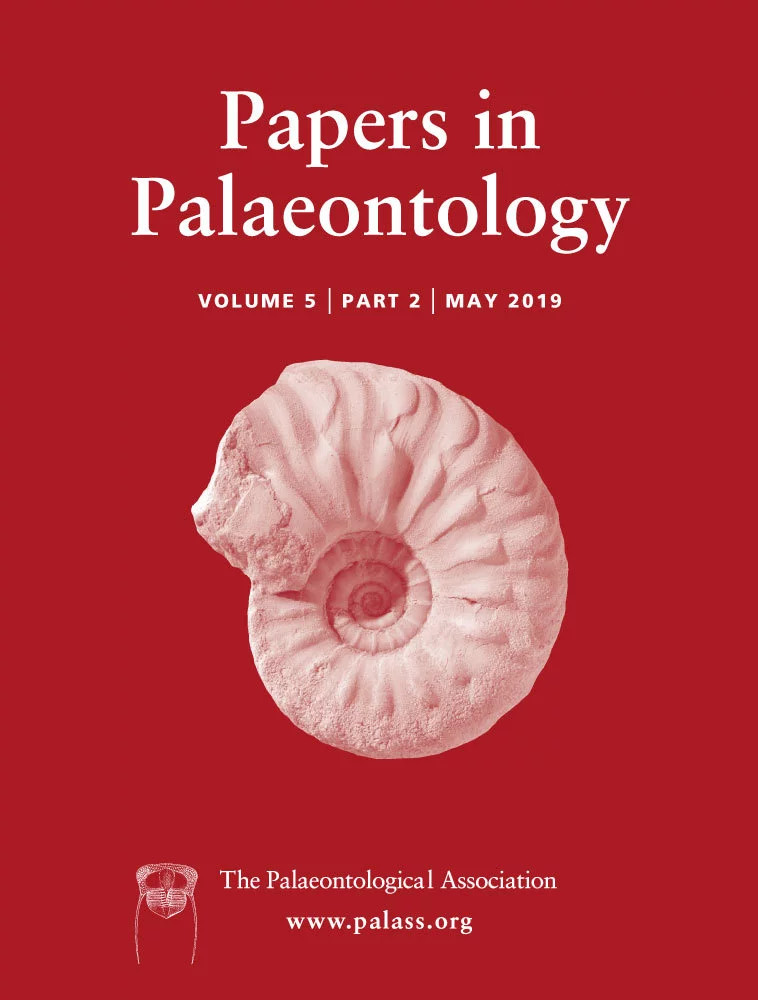Reg. Charity No. 1168330

Three lungfish specimens from the late Famennian of East Greenland are described. One forms the holotype of a new genus and species, Celsiodon ahlbergi gen. et sp. nov., which, in cladistic analyses, is placed close to the Carboniferous genus Ctenodus. The analyses reveal some Late Devonian lungfishes clustering with Early Carboniferous taxa, suggesting that Late Devonian lungfishes included more crownward taxa than previously appreciated, and that the Devonian–Carboniferous boundary was more fluid for lungfish taxa than supposed. Further study of other specimens shows a range of tooth plate morphologies and tooth crown morphologies, suggesting that the Late Devonian lungfishes were even more diverse and occupied a wider range of feeding strategies than previously suspected.